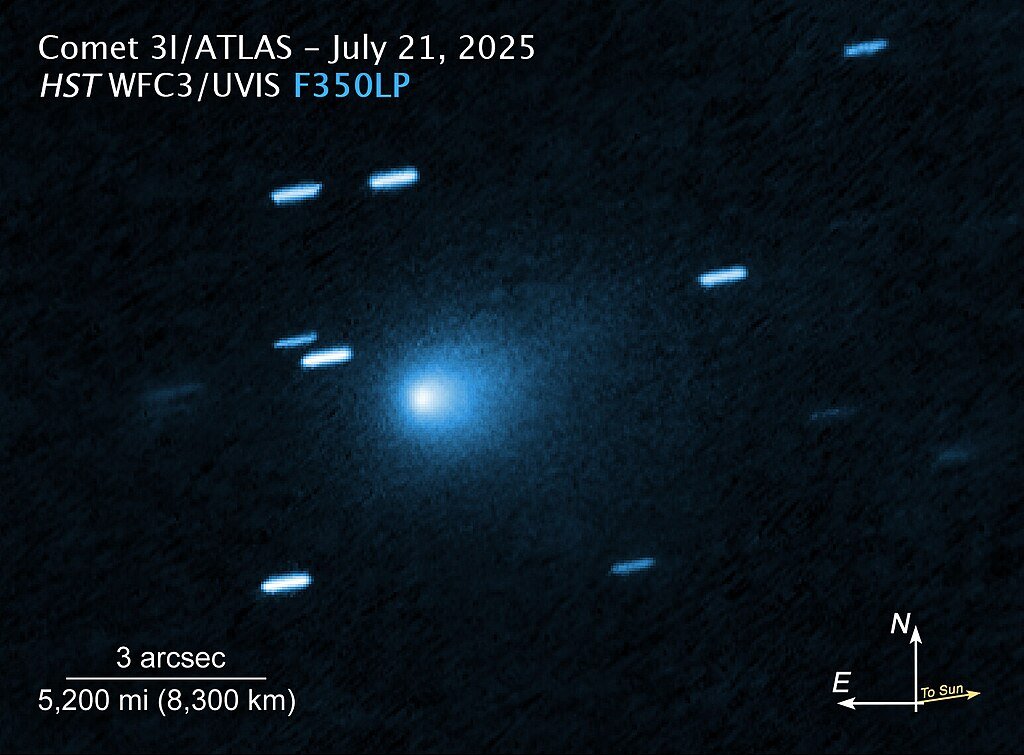Astrophysicist Avi Loeb, Harvard professor and head of the Galileo Project, raised doubts in an article published in his blog platform Medium, this Tuesday (28), about the origin of 3I/Atlas, an interstellar comet that will approach the closest point to the Sun this week, being 203 million kilometers from the king star.
According to the astrophysicist, this will be the decisive moment to determine whether the comet’s origin is natural or technological.
“The fundamental question is whether 3I/Atlas is a Trojan horse with the external appearance of a natural comet, but which carries a potential threat inside,” wrote Loeb.
The researcher compared the hypothesis to Greek legend. “The city of Troy would have fared better if its guardians had not been deceived by the outward appearance of the Trojan Horse,” he noted. For him, the passage of 3I/Atlas through the so-called “perihelion” – closest point to the Sun – will be a true test of its origin.
“If it is a natural comet, its 770 watts per square meter heating could break it into fragments that evaporate more quickly. However, if 3I/Atlas was technologically manufactured – as suggested by its high abundance of nickel relative to iron – it could maneuver or release miniprobes. Other technological signatures include artificial lights or excessive heat from an engine.”
Loeb reported that the interstellar comet will follow a trajectory of great interest to the scientific community.
“On November 3, 2025, 3I/Atlas will reach a distance of 97 million kilometers from Venus. In the same week, it will be observable by ESA’s JUICE mission [Agência Espacial Europeia]towards Jupiter. On December 19, 2025, six days before Christmas, 3I/Atlas will reach its closest distance to Earth, 267 million kilometers, assuming a purely gravitational trajectory. Will the 3I/Atlas miniprobes be sent towards Earth as Christmas presents for humanity?”
The astronomer also mentioned that his team is monitoring possible anomalies associated with the comet.
“I have asked my team at the Galileo Project to check for any unusual activity of anomalous objects in Earth’s atmosphere based on data collected by the three Galileo Observatories over the next few months.” He added that the body’s approach to Jupiter, which is expected to occur on March 16, 2026, could offer new observation opportunities.
“On March 16, 2026, 3I/Atlas will reach its closest distance of 54 million kilometers from Jupiter, where the Juno spacecraft will be able to capture it and use a radio antenna to verify any transmissions as a technological signature.”
In a cautious tone, Loeb defended an open, but prudent stance, in the face of the comet’s passage.
“We need to observe our cosmic partners rather than be guided by the limited imaginations of our fellow Hollywood screenwriters,” he wrote.
“I hope we are wise enough to learn something new and not get stuck in traditional echo chambers,” he concluded.

